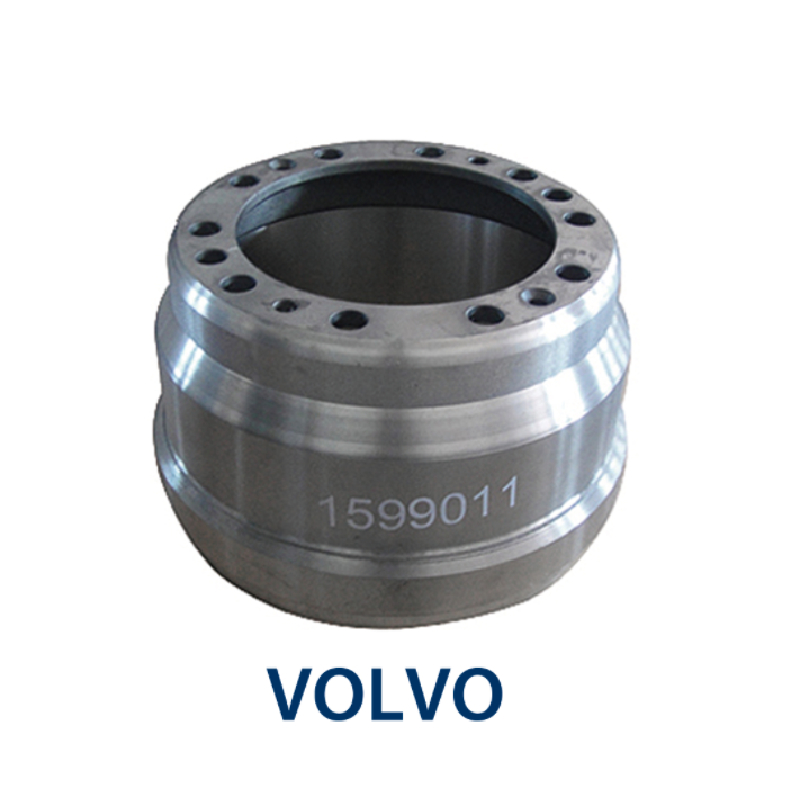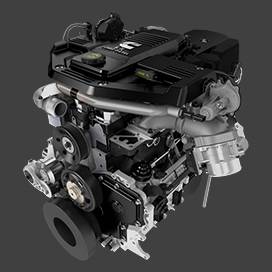2 月 . 14, 2025 13:55 Back to list
how to remove seized drum brakes
Dealing with seized drum brakes can be a daunting task, but with the right approach and tools, you can successfully restore them to full functionality. This guide provides step-by-step instructions and insights to help you remove seized drum brakes with ease, maintaining your vehicle's performance while ensuring safety.
3. Apply Penetrating Oil - Generously apply penetrating oil around the hub and wheel lugs. This step is critical in loosening any rust or corrosion that is causing the seizure. Let the oil penetrate for at least 10-15 minutes to maximize its effectiveness. 4. Loosen the Brake Drum - Using a rubber mallet, gently tap the drum to help loosen it from the hub. Avoid using excessive force, as this could damage the drum or other components. - If the drum doesn't budge, locate the adjustment hole on the backplate. Insert a brake spoon or a flathead screwdriver to turn the brake adjuster wheel and retract the brake shoes, relieving tension on the drum. 5. Remove the Drum - With the brake shoes retracted, pull the drum towards you. If it remains obstinate, alternate between more tapping with the mallet and gentle prying with a screwdriver until it comes free. Reassembly and Maintenance - Once removed, inspect the brake shoes and other components for wear or damage. Replace any parts as necessary to ensure optimal performance. - Before reassembly, thoroughly clean the hub and drum surface with brake cleaner and a wire brush. Consider applying anti-seize compound to prevent future seizures. - Reattach the drum by reversing the removal process, ensuring all parts are securely fitted and properly aligned. Preventive Measures for the Future - Regular maintenance is key to avoiding seized drum brakes. Periodically clean the brake area, and apply anti-rust treatments, especially if you live in a moisture-prone area. - During routine vehicle inspections, check for signs of brake wear and address any issues immediately to prevent long-term damage. With these detailed instructions, mechanically inclined individuals and professionals alike can confidently tackle the issue of seized drum brakes, promoting vehicle longevity and ensuring road safety. This hands-on approach not only enhances your understanding of brake systems but also empowers you to perform essential vehicle maintenance independently.


3. Apply Penetrating Oil - Generously apply penetrating oil around the hub and wheel lugs. This step is critical in loosening any rust or corrosion that is causing the seizure. Let the oil penetrate for at least 10-15 minutes to maximize its effectiveness. 4. Loosen the Brake Drum - Using a rubber mallet, gently tap the drum to help loosen it from the hub. Avoid using excessive force, as this could damage the drum or other components. - If the drum doesn't budge, locate the adjustment hole on the backplate. Insert a brake spoon or a flathead screwdriver to turn the brake adjuster wheel and retract the brake shoes, relieving tension on the drum. 5. Remove the Drum - With the brake shoes retracted, pull the drum towards you. If it remains obstinate, alternate between more tapping with the mallet and gentle prying with a screwdriver until it comes free. Reassembly and Maintenance - Once removed, inspect the brake shoes and other components for wear or damage. Replace any parts as necessary to ensure optimal performance. - Before reassembly, thoroughly clean the hub and drum surface with brake cleaner and a wire brush. Consider applying anti-seize compound to prevent future seizures. - Reattach the drum by reversing the removal process, ensuring all parts are securely fitted and properly aligned. Preventive Measures for the Future - Regular maintenance is key to avoiding seized drum brakes. Periodically clean the brake area, and apply anti-rust treatments, especially if you live in a moisture-prone area. - During routine vehicle inspections, check for signs of brake wear and address any issues immediately to prevent long-term damage. With these detailed instructions, mechanically inclined individuals and professionals alike can confidently tackle the issue of seized drum brakes, promoting vehicle longevity and ensuring road safety. This hands-on approach not only enhances your understanding of brake systems but also empowers you to perform essential vehicle maintenance independently.
Latest news
-
Brake Drum for Kamaz Trucks Durable OEM Replacement & High Performance
NewsMay.30,2025
-
Brake Drum Man High-Quality Drum Brake & Shoe Solutions
NewsMay.30,2025
-
High-Performance Brake Drum for Kamaz Trucks Durable Drum Brake Components
NewsMay.29,2025
-
Brake Drum Man High-Quality Drum Brake Drums & Brake Shoes
NewsMay.29,2025
-
Brake Drum MAZ High-Performance & Durable Replacement Parts
NewsMay.29,2025
-
heavy truck brake drums
NewsMar.07,2025
